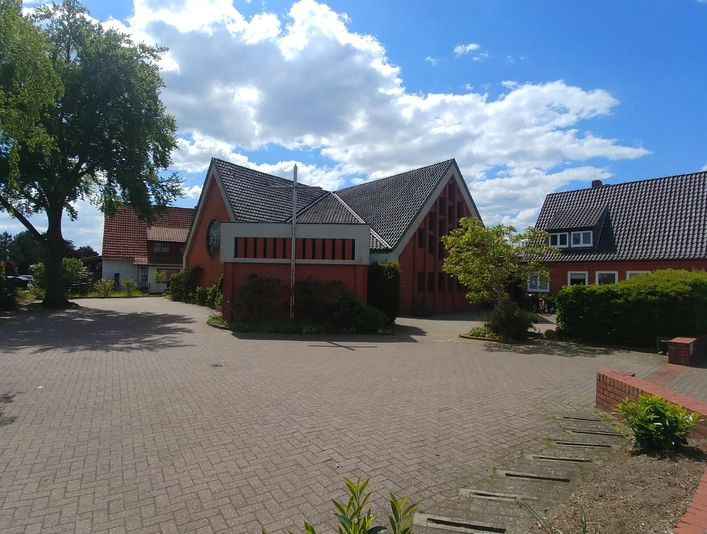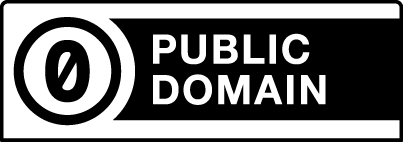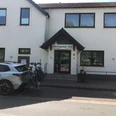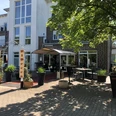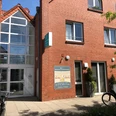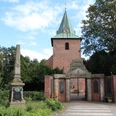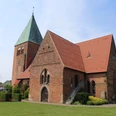- Photos & Map
How would you like to arrive?
- Call
- Description
- Good to know
- Nearby
As early as 1926, the Bishop of Osnabrück is said to have made plans to have a chapel built in Kirchweyhe. "For our 150 Catholics," according to a contemporary press report, "a church of their own would be a great joy and also a great relief, as up to now they have had to make the laborious journey to Hemelingen if they want to attend church."
Due to the influx of refugees and displaced persons after the end of the Second World War, the number of Catholic residents in Kirchweyhe and Sudweyhe rose to 1,300 within a few years. The Evangelical-Lutheran Felicianus parish made its church available so that masses could be celebrated locally. A friendly relationship developed between the two denominations. So it was almost a matter of course that in 1946 the Catholic priest was given the Protestant cantor's house to live in. Nevertheless, the desire for their own community center grew among the Catholics of Kirch and Sudweyh. Their pastor, Father Johannes Gerlich, worked tirelessly to realize these plans.
The groundbreaking ceremony took place on 10 June 1951, followed by the ceremonial laying of the foundation stone for the church building on 8 July, which was to be followed by a classroom and a residence for the pastor. The patron saints chosen were the Holy Family and St. Felicianus of Foligno, who had been the patron saint of the church and Sudweyher until the Reformation. The basic design for the parish center was provided by the Paderborn architect Lippsmeyer, while the interior and exterior design was determined by Pastor Johannes Gerlich and the Kirchweyher master builder Fritz Liebe. Local craftsmen carried out some of the construction work. In order to reduce the costs, the parishioners decided to undertake numerous voluntary work assignments. As early as 21 November 1951, the new church was solemnly consecrated by the Bishop of Osnabrück, Archbishop Dr. Berning.
In the early 1950s, the catchment area of the new church included not only Kirchweyhe and Sudweyhe, but also Leeste, Brinkum and Riede - a total of around 2,500 worshippers. In 1965, Brinkum's Catholics, whose numbers had been steadily increasing, became independent. Since then, the Kirchweyhe parish has stretched from Hombach in Leeste to Riede.
In 1977, the Catholic church on Drohmweg in Kirchweyhe, whose parish had just under 1700 members at the time, was extended by means of a conversion. The roof construction from 1951, which made for stuffy air in summer and made the nave barely heatable in winter, disappeared. The elongated "wayside church" became a cross-shaped building with seating for 300 instead of the previous 220. Some of the old building fabric was retained. The colored, leaded windows, which were made possible by a donation in 1951, and the baptismal font were also reused. Finally, the Weyhe artist Herbert Bodzin created a stainless steel wall cross and a tabernacle in 1978. The newly designed church was dedicated on October 30, 1977 with the consecration of the altar stone.
Due to the influx of refugees and displaced persons after the end of the Second World War, the number of Catholic residents in Kirchweyhe and Sudweyhe rose to 1,300 within a few years. The Evangelical-Lutheran Felicianus parish made its church available so that masses could be celebrated locally. A friendly relationship developed between the two denominations. So it was almost a matter of course that in 1946 the Catholic priest was given the Protestant cantor's house to live in. Nevertheless, the desire for their own community center grew among the Catholics of Kirch and Sudweyh. Their pastor, Father Johannes Gerlich, worked tirelessly to realize these plans.
The groundbreaking ceremony took place on 10 June 1951, followed by the ceremonial laying of the foundation stone for the church building on 8 July, which was to be followed by a classroom and a residence for the pastor. The patron saints chosen were the Holy Family and St. Felicianus of Foligno, who had been the patron saint of the church and Sudweyher until the Reformation. The basic design for the parish center was provided by the Paderborn architect Lippsmeyer, while the interior and exterior design was determined by Pastor Johannes Gerlich and the Kirchweyher master builder Fritz Liebe. Local craftsmen carried out some of the construction work. In order to reduce the costs, the parishioners decided to undertake numerous voluntary work assignments. As early as 21 November 1951, the new church was solemnly consecrated by the Bishop of Osnabrück, Archbishop Dr. Berning.
In the early 1950s, the catchment area of the new church included not only Kirchweyhe and Sudweyhe, but also Leeste, Brinkum and Riede - a total of around 2,500 worshippers. In 1965, Brinkum's Catholics, whose numbers had been steadily increasing, became independent. Since then, the Kirchweyhe parish has stretched from Hombach in Leeste to Riede.
In 1977, the Catholic church on Drohmweg in Kirchweyhe, whose parish had just under 1700 members at the time, was extended by means of a conversion. The roof construction from 1951, which made for stuffy air in summer and made the nave barely heatable in winter, disappeared. The elongated "wayside church" became a cross-shaped building with seating for 300 instead of the previous 220. Some of the old building fabric was retained. The colored, leaded windows, which were made possible by a donation in 1951, and the baptismal font were also reused. Finally, the Weyhe artist Herbert Bodzin created a stainless steel wall cross and a tabernacle in 1978. The newly designed church was dedicated on October 30, 1977 with the consecration of the altar stone.
Good to know
Openings
Author
Mittelweser-Touristik GmbH
Lange Straße 18
31582 Nienburg/Weser
Organization
Mittelweser-Touristik GmbH
License (master data)
Mittelweser-Touristik GmbH
Nearby
